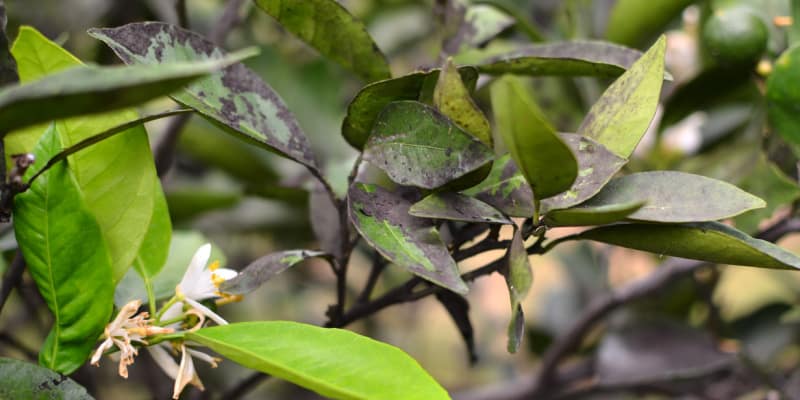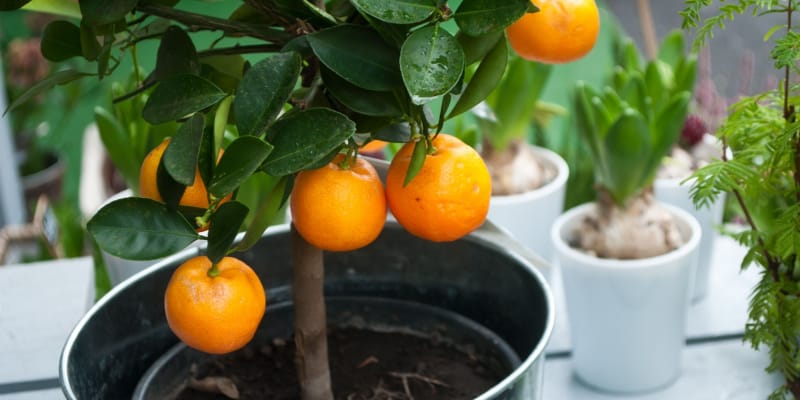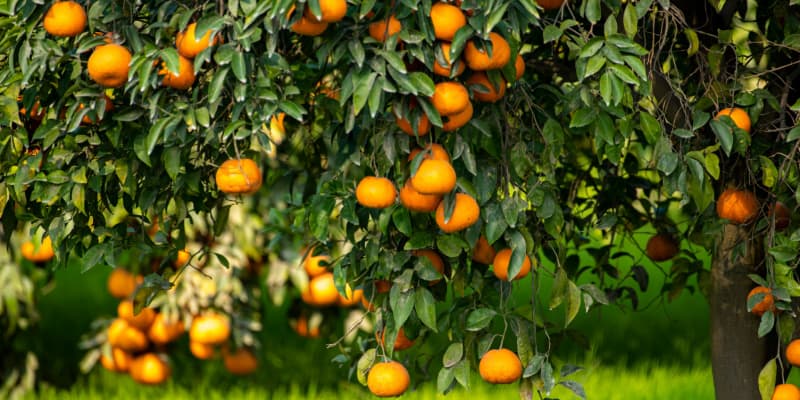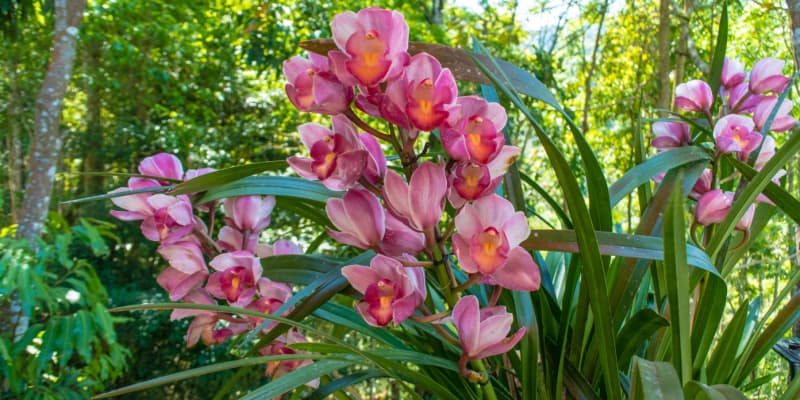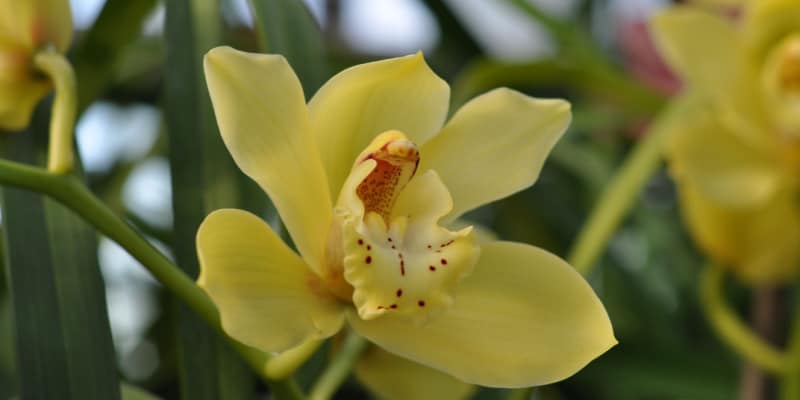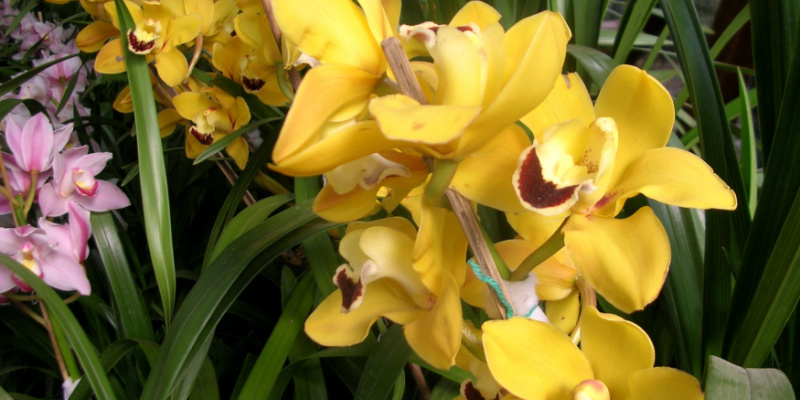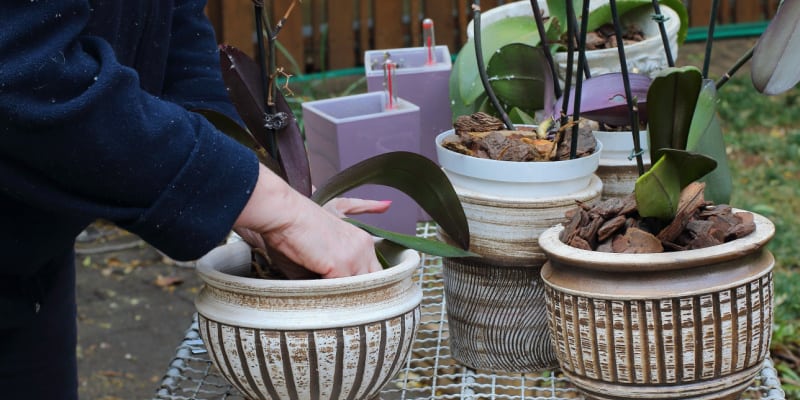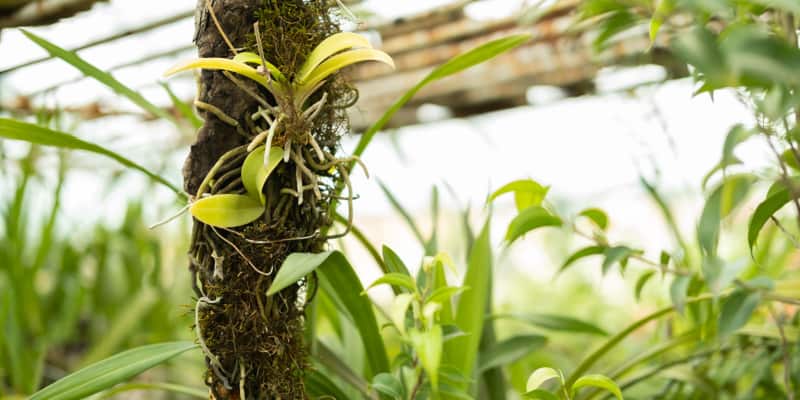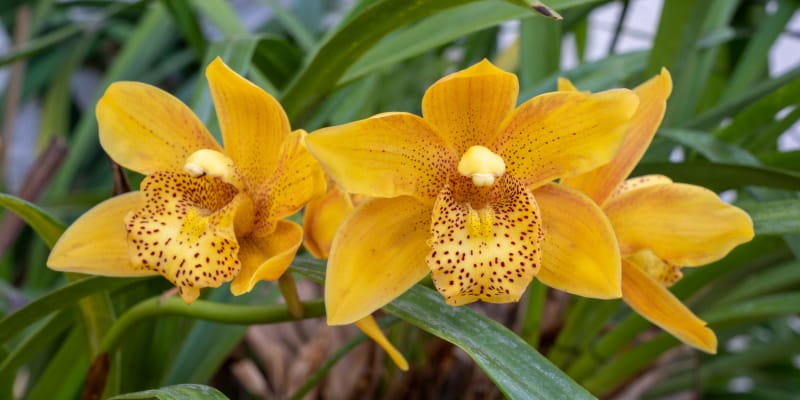Why are my orange tree leaves sticky?
The most probable reason that your orange tree leaves are sticky is that you have an infestation of sap-sucking insects. These insects – and there are quite a few different types – leave behind honeydew, that’s the sticky substance. Here’s how to identify which insect is your problem and what to do about it. Honeydew Sap-sucking insects suck the sap out of your orange tree leaves and stems for their food. In doing so, they excrete and leave behind blobs…
